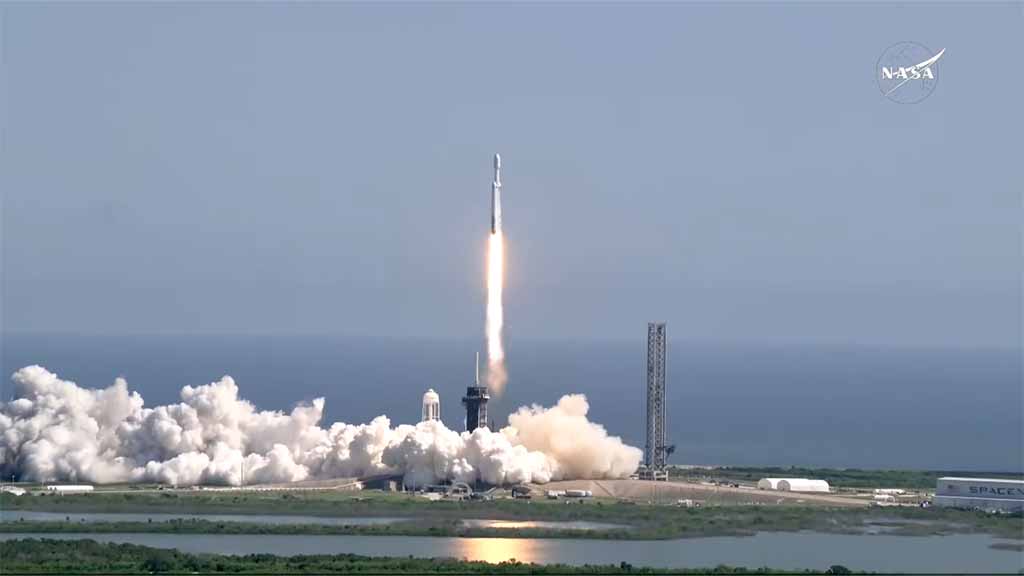SpaceX
SpaceX and NASA launches Europa Clipper spacecraft in five year long journey

On October 14, SpaceX and NASA launched the Falcon Heavy rocket with Europa Clipper spacecraft mission and it will reach Jupiter by 2030.
The liftoff carried from Launch Complex 39A at NASA’s Kennedy Space Center in Florida. This launch has been postponed for the past week due to Hurricane Milton.
Falcon Heavy consists of three reusable Falcon 9 rockets with 27 Merlin engines generating more than 5 million pounds of thrust at liftoff. It is 70 meters tall and 12.2 meters wide and it can carry up to 63,800kg payload to orbit.
Falcon Heavy lifts off from pad 39A in Florida for the 11th time! pic.twitter.com/tcZu1LOOOm
— SpaceX (@SpaceX) October 14, 2024
Clipper is the largest spacecraft NASA has ever made for planetary exploration. It has solar arrays expanding at more than 100 feet (once deployed) and weighs nearly 13,000 pounds at launch.
This mission will help scientists understand whether Jupiter’s icy moon can host life beneath its surface, which is believed to be a vast liquid ocean.
Clipper has three objectives to understand Europa including the observation of the ice shell and ocean beneath it. It also expands through the moon’s composition and geology.
Throughout this mission, the spacecraft will perform dozens of close flybys of Europa to gather important information and scientific data.
It plans to make nearly 50 flybys of Europa at closest-approach altitudes as low as 16 miles (25 kilometers) above the surface. It will vary the distance based on the orbit.
Due to the extreme radiation showering from Jupiter, the Clipper payload and other electronics are enclosed in a thick-walled vault. This vault is made of titanium and aluminum to act as a tradition.
The payload includes cameras and spectrometers to capture high-resolution images and composition maps of Europa’s surface and thin atmosphere, ice-penetrating radar to search for subsurface water, and a magnetometer and gravity measurements.
Following separation, Clipper will enter into a five-year-long journey to the largest planet in the solar system and reach Jupiter system in April 2030.












